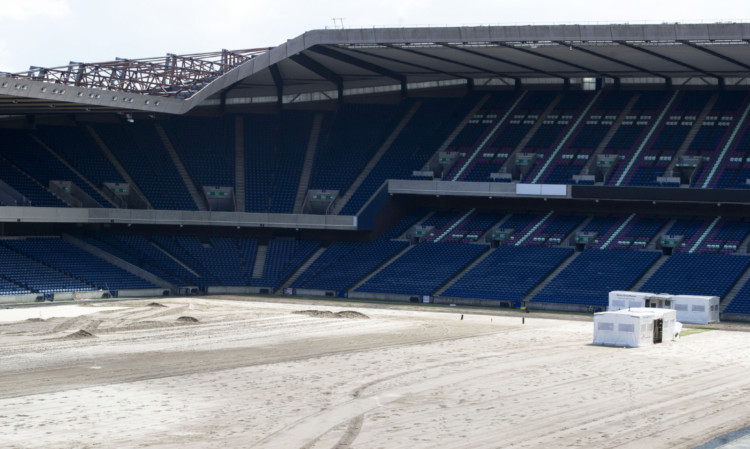Scottish Rugby officials were staying tight-lipped regarding reports that they had sold the naming rights for Murrayfield Stadium to media giants BT.
The rumoured deal of £20 million over seven years would result in the 67,000-seater national stadium Scotland’s home of rugby since 1925 being renamed under the BT brand.
It’s not known yet whether the Murrayfield name would be retained in some form. Senior officials at the SRU would not deny the reports, offering just a “no comment”.
However, their director of commercial operations, communications and public affairs Dominic McKay said that the Union continued to pursue ways to “grow its revenues”.
It’s understood that the deal is near completion, however, with a considerable windfall due to the game in Scotland for giving up 90 years of the name of the national stadium.
Chief executive Mark Dodson and McKay can claim to have pulled something of a coup for the Scottish game, although there will be many in rugby north of the border who will baulk at a commercial name on the historic ground, site of the great Grand Slam triumphs of 1925, 1984 and 1990.
Dodson revealed in 2012 that he was actively pursuing selling the naming rights for the stadium, arguing that it made no sense “not using our single biggest piece of inventory to drive revenue”.
The rumoured £20 million over seven years for a stadium that was last rebuilt as long as 20 years ago compares well with other naming deals, notably the 40 million euro over 10 years Ireland got from insurance firm Aviva for the brand new Lansdowne Road stadium in Dublin.
The £2.8 million a year for the deal would put Murrayfield as high as seventh in a league table of Barclays Premier League stadium naming rights, even allowing for football’s greater attraction to sponsors.
If the deal is as reported Murrayfield could clear the debt it has been burdened with since the rebuilding of the stadium in the early 1990s currently standing at over £11 million.
